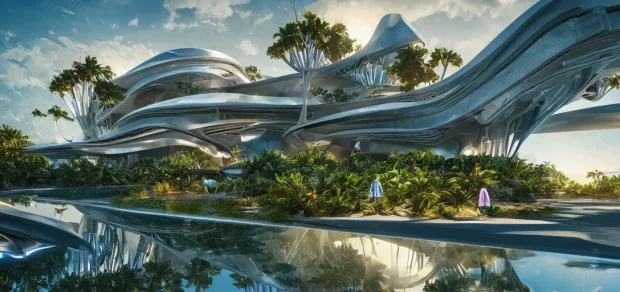The metaverse has been a hot topic in the past year. Besides the hype and the question, of whether it will be the next big thing or just another failed technology (such as 3D TV), it could be asked if the metaverse is multimedia. The following is a formal verification of this question. First, a description of the metaverse is needed, followed by a definition of multimedia and finally, the verification of the metaverse is multimedia.
What is the Metaverse
It isn’t easy to describe the metaverse precisely, because it is under heavy development. The term was coined in Neal Stephenson’s novel Snow Crash. Over time, it went through some iterations until the current climax, decided to rebrand to meta and go all in into the metaverse. Avi Bar-Zeev visualized the different stages of the metaverse perfectly.

As the metaverse is under development, the width of the definition is broader. Mystakidis defined the metaverse as follows:
“The Metaverse is the post-reality universe, a perpetual and persistent multiuser environment merging physical reality with digital virtuality. It is based on the convergence of technologies that enable multisensory interactions with virtual environments, digital objects and people such as virtual reality (VR) and augmented reality (AR). Hence, the Metaverse is an interconnected web of social, networked immersive environments in persistent multiuser platforms. It enables seamless embodied user communication in real-time and dynamic interactions with digital artifacts. Its first iteration was a web of virtual worlds where avatars were able to teleport among them. The contemporary iteration of the Metaverse features social, immersive VR platforms compatible with massive multiplayer online video games, open game worlds and AR collaborative spaces.” [1]



